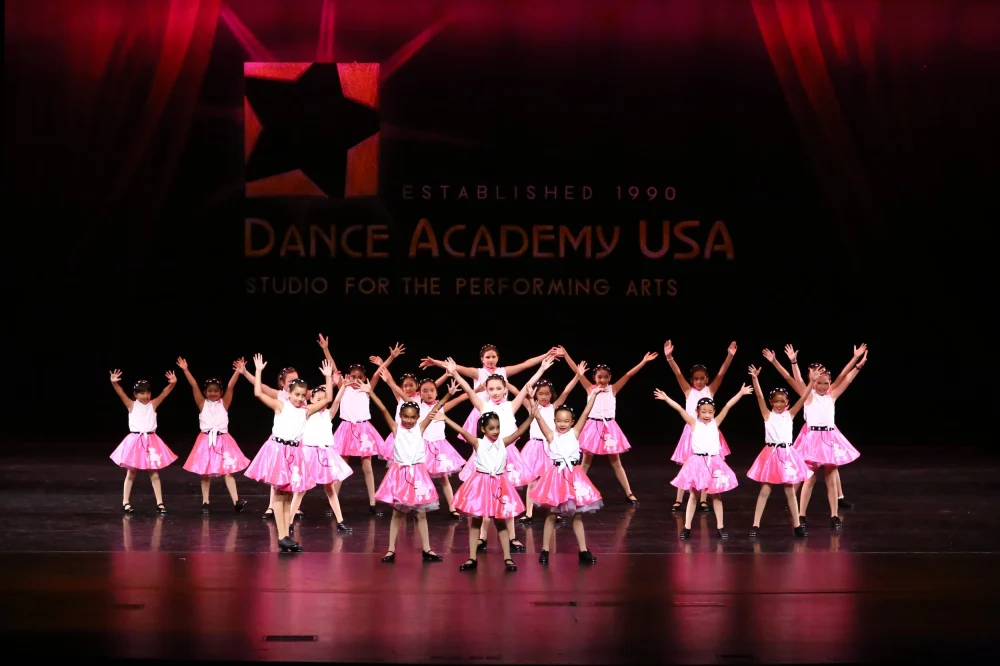
- Understanding-Private-Dance-Schools
- Why-Specialized-Dance-Education-Matters
- Types-of-Private-Dance-Schools
- Real-Examples-and-Success-Stories
- How-to-Choose-the-Right-Dance-School
- Explore-Dance-Options-with-American-Dance-Academy
1. Understanding Private Dance Schools
If you’ve ever asked yourself, “Are there private schools just for dance?”—the answer is a definitive yes. Across the United States and around the world, a growing number of private institutions are designed entirely around professional dance training, often combined with traditional academics. These schools cater to aspiring performers who want to pursue their artistic passion full-time while still receiving a formal education.
Unlike typical after-school programs or weekly lessons, private dance schools offer an immersive experience—multiple hours of technique training, choreography classes, anatomy for dancers, and even performance psychology. They're built for young people serious about making dance a lifelong career.
2. Why Specialized Dance Education Matters
Dance is a physically demanding, emotionally expressive, and technically complex art form. Specialized private dance schools recognize this and provide tailored resources that general education settings simply can’t match. From injury prevention workshops to dedicated performance spaces, these schools ensure students are physically safe and artistically challenged.
2.1. Early Immersion, Lifelong Impact
Much like conservatories for music or art, early and consistent exposure to high-level instruction builds not just skill, but also discipline, resilience, and a deep connection to the art. Many professional dancers today trace their success back to a private school that treated dance not as an extracurricular—but as a calling.
2.2. Integrated Academics
Most private dance schools still provide standard academic instruction, often through flexible scheduling or hybrid/online formats. The goal? Help students grow as both artists and scholars. Schools like The HARID Conservatory or Idyllwild Arts Academy are prime examples where students leave with both strong diplomas and professional portfolios.
3. Types of Private Dance Schools
Private dance schools come in several forms depending on focus and location:
3.1. Pre-Professional Conservatories
These institutions prepare students for professional dance companies or higher-level training. Programs like the San Francisco Ballet School or Canada’s National Ballet School fall under this category. They often include partnerships with professional companies and offer performance opportunities that rival professional stages.
3.2. Academic & Artistic Hybrids
Schools like Walnut Hill School for the Arts or Interlochen Arts Academy combine a high school diploma with world-class training in ballet, modern, jazz, and more. These offer a holistic environment where dance is central but not exclusive.
3.3. Boarding vs. Day Schools
Many top-tier private dance schools are boarding-based, drawing students from across the globe. However, regional schools such as The Rock School for Dance Education in Philadelphia also offer commuter options, expanding access for local families.
4. Real Examples and Success Stories
Take Misty Copeland, for instance—though she didn’t attend a private dance school from the beginning, her rapid rise through ballet’s ranks began after being placed in a rigorous full-time program. Similarly, many dancers at Alvin Ailey or Joffrey Ballet School started in small private institutions that nurtured their raw talent before transitioning to national stages.
In a 2022 interview, Chloe Lucas, now a soloist with a major ballet company, said: “What changed my life was enrolling at a school where every subject—math, history, science—was timed around my dance classes. I wasn’t exhausted trying to balance two worlds. It became one.”
5. How to Choose the Right Dance School
Finding the right school isn’t just about prestige—it’s about fit. Look for programs that match your goals, whether it’s classical ballet, contemporary choreography, or commercial dance training. Visit campuses, talk to alumni, and sit in on classes if possible.
5.1. What to Evaluate
Check faculty credentials, class sizes, injury support, alumni success, and academic rigor. Also, explore how the school handles mental health—performance pressure can be intense in these environments, and holistic support is essential.
5.2. Affordability and Scholarships
Private dance education can be expensive, but many top schools offer scholarships, work-study, or grants. Financial aid shouldn’t deter a passionate student from applying—it’s often available, but underutilized due to misconceptions.
6. Explore Dance Options with American Dance Academy
Whether you’re just beginning or ready to leap into a full-time training environment, American Dance Academy offers curated insights and resources to help students and families make informed choices. From reviewing top programs to offering product and service recommendations tailored to serious dancers, American Dance Academy is here to help elevate your journey—step by graceful step.
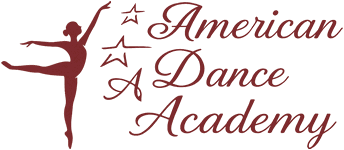
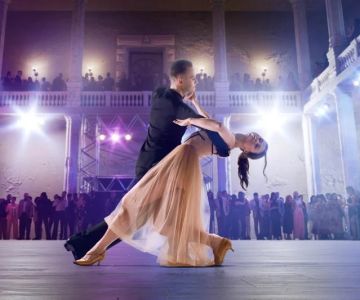
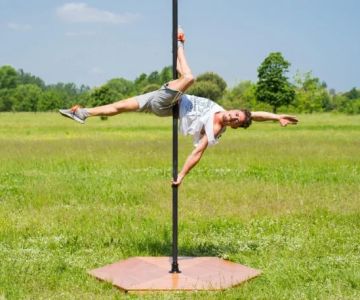
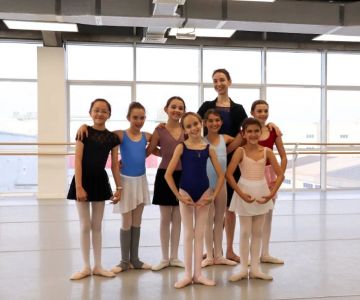
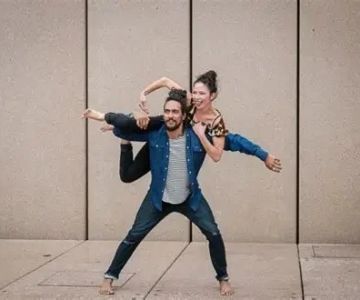
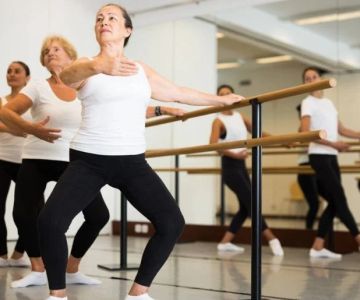
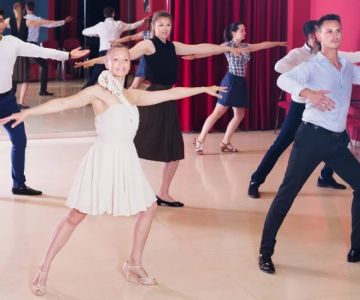
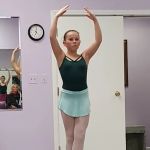 Barrington Dance Academy5.0 (22 reviews)
Barrington Dance Academy5.0 (22 reviews)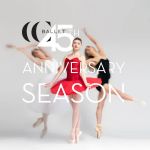 Canyon Concert Ballet4.0 (17 reviews)
Canyon Concert Ballet4.0 (17 reviews) Big City Dance Center LLC4.0 (25 reviews)
Big City Dance Center LLC4.0 (25 reviews) Tye Chua Dance & Kalamazoo Ballet5.0 (18 reviews)
Tye Chua Dance & Kalamazoo Ballet5.0 (18 reviews) Fenton Ballet Theatre4.0 (24 reviews)
Fenton Ballet Theatre4.0 (24 reviews) Front Street Dance Center5.0 (7 reviews)
Front Street Dance Center5.0 (7 reviews) Are There Dances in Middle School? What Students and Parents Should Know
Are There Dances in Middle School? What Students and Parents Should Know How a Dance School in Instagram Builds Community and Success
How a Dance School in Instagram Builds Community and Success Why Do Schools Teach Square Dancing?
Why Do Schools Teach Square Dancing?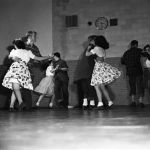 Why Was Square Dancing Taught in School?
Why Was Square Dancing Taught in School? Why Swing Dance Is Popular for Adults
Why Swing Dance Is Popular for Adults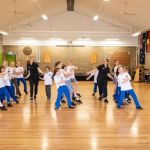 A School Dance: How to Prepare, Shine, and Make It Unforgettable
A School Dance: How to Prepare, Shine, and Make It Unforgettable